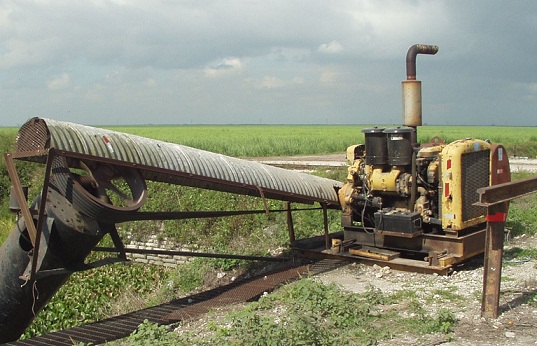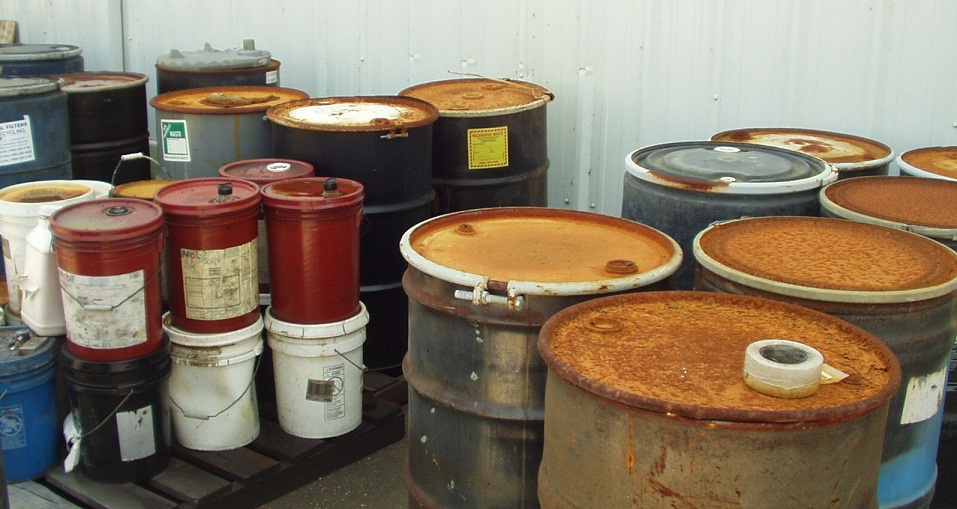
RICE. On a sugar cane farm. (No, really!)
The US Environmental Protection Agency announced on January 14 that it has finalized revisions to standards for emissions from stationary engines that generate electricity and power equipment, better known as Reciprocating Internal Combustion Engines (“RICE”) in regulatory parlance.
The final rule amends the 2010 National Emission Standards for Hazardous Air Pollutants for Reciprocating Internal Combustion Engines (RICE) to address challenges to the 2010 rule by regulated industries. The 2010 rules separately addressed compression ignition engines, powered by diesel fuel, and spark ignition engines, usually powered by gasoline or natural gas. Both rules prompted petitions for reconsideration.
Among other changes, the amendments specify how the standards apply to emergency engines used for emergency demand response. Under the rules, any engine may operate without emissions limitations during an emergency. However, the emergency operating time during Level 2 energy emergency alerts – events with potential for blackouts – was limited to 15 hours per year. This 15-hour limit was viewed as insufficient to allow engines to be used in emergency demand response programs. Therefore, the amended provisions allow owners and operators to operate their engines as part of an emergency demand response program within the 100 operating hours separately allotted for maintenance and testing.
Continue reading “EPA is on a Roll! RICE emission standards finalized…”





